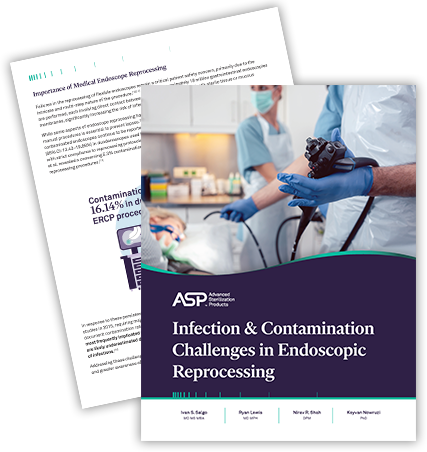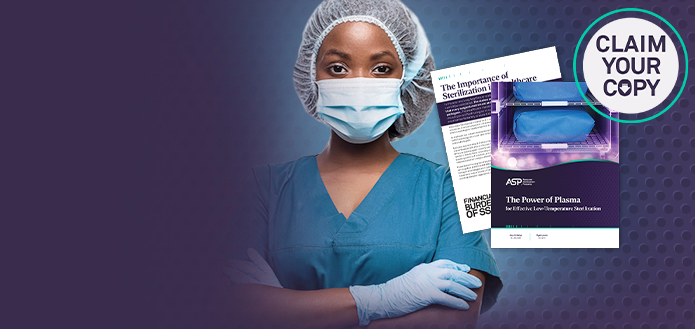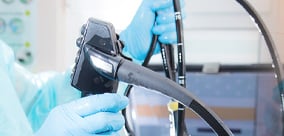Endoscope reprocessing plays a vital role in infection prevention, especially for high-risk procedures involving the gastrointestinal and respiratory tracts. Minimally invasive advances for procedures does not mean minimal infection risk. The complexity of endoscope design—paired with frequent reuse—makes thorough cleaning and sterilization a major challenge. This in-depth review consolidates current research and outlines where today's practices fall short, especially for intricate devices like duodenoscopes and Endoscopic Retrograde Cholangiopancreatography (ERCP) procedures.
Common Endoscope Reprocessing Challenges








